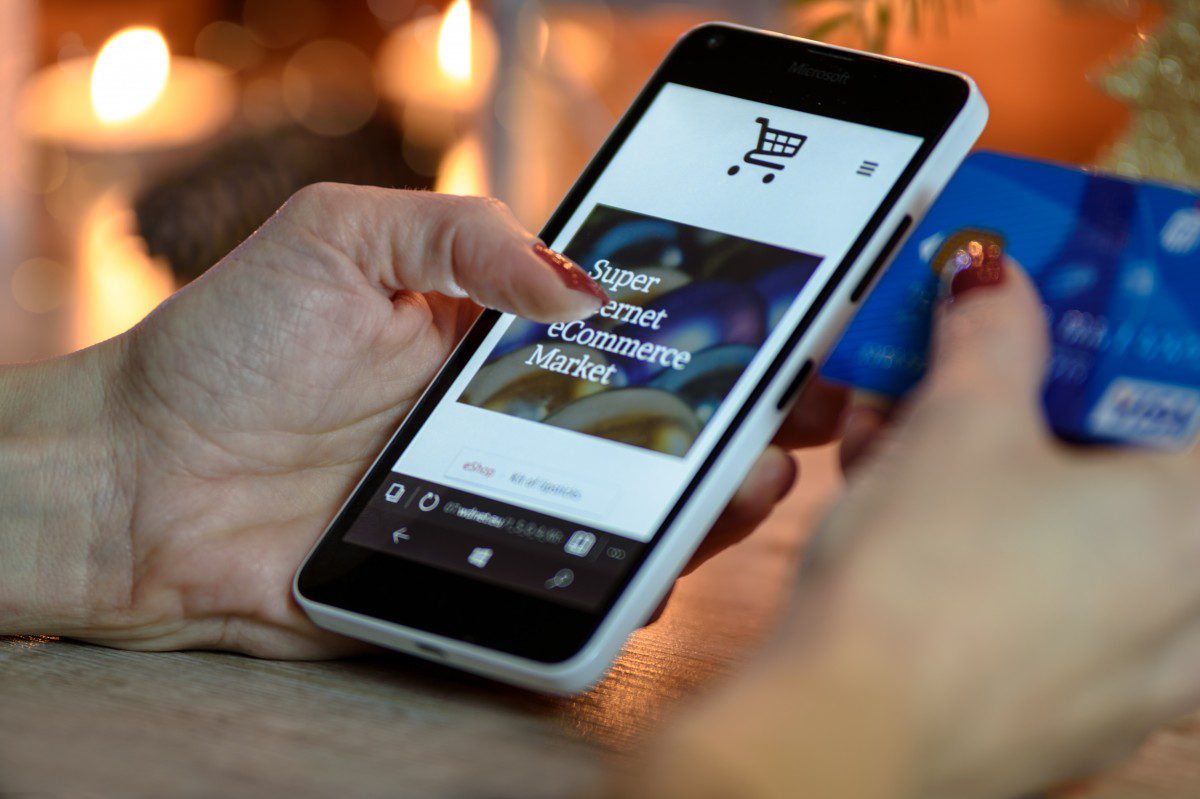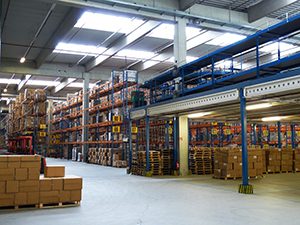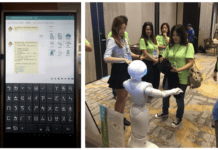
It is the age of smartphones – people have rapidly begun to connect with the world using these smart pocket devices. As a matter of fact, people have started spending more and ordering more frequently through online shopping stores. Because, it is easy, time efficient and even cost-effective. According to the National Retail Federation report, USA, the number of online shoppers increased by nearly 20 million from 2015 to 2016. This factor has made the brick and mortar retailers look for smart solutions to the last-mile delivery challenges.
Smart Cities, on the other hand, are taking this factor into consideration with an augmented perspective. The smart cities have realised that their urban environment that is enwrapped within a wide range of interconnected devices including IoT technology, sensors, and automated vehicles can play a pivotal role in building up smart solutions for retail and logistics sector in the cities – smart retail and smart logistics. Read on to know how will this amazing transformation bring in the best experience for shoppers and the retailers.
What Is Smart Retail?
Smart retail includes a wide range of technological solutions that bring in the possibility of the conventional brick and mortar store to digitally transform into an interactive point of sale. It encompasses the use of IoT technology such as sensors, cloud computing, data analytics, predictive analytics, automation, artificial intelligence, augmented reality wearable devices and mobile devices. In short, the offline retailers will have the opportunity to deploy connected devices and remote control capacities which were reserved for the online retailers until now.
This digital transformation of the offline retail stores is important as they are the main point of connection between the online and offline market. They serve as the point of human contact with the customers and are therefore the significant landmarks in cities.
Smart City Retail Strategy
Smart cities already have a huge amount of real-time data getting processed and analysed. The widespread sensor technology keeps gathering the data related flow of traffic, the number and movement of people in a particular location and the health of the surrounding infrastructure. This wealth of data combined with third-party datasets paves the way for a new marketing and customer service opportunities in retail and logistics.
Collaboratively, the data gives them a pathway to develop a tailor-made retail strategy. With smart buildings having their own computer systems and sensor technologies, a vast amount of data about the number of people in that particular area can be captured. Substantially, smart cities, in particular, will serve as gateways to enhanced business intelligence. The offline retail stores measuring the success just by the number of customers entering their store and the resulting conversion rate will become the thing of the past.
Coming back to the use of data in the retail sector, the measure of a given branch’s commercial success will change. The data for a particular offline retail store will be able to gather details such as the number of people surrounding the building, their detailed demographics, each customer’s average length of time spent on shopping and the number of visits made by the customer. This information will help the retailers to calculate the conversion rate that further involves a number of factors to achieve enhanced appeal of the store and performance of the staff.
More accurately, the smart sensors can take the digital transformation of the offline stores to next level. The applications and websites on the smart devices can provide a more accurate approach towards customer profiling. For example, when a known customer activates one of the brand apps, their location and range of interests get readily available. If the customer is found to be in the proximity of that branch, he can be immediately notified with custom-made offers and discounts. This enables the brick and mortar retailers to improve their sales conversion as well as customer loyalty. In turn, this factor provides a unique personalised experience to shoppers with greater convenience, speed and operability – the solution which they are accustomed to while using online stores.
Smart Retail Security


This gives them a quick answer to the needs of restocking and reordering. A significant amount of money and time could be saved with smart tags.
Another significant deployment of smart tags comes for security purpose. Without having been deactivated, if any item is moved out of the store, the tag can track its exact location and facilitate the recovery of the item. As smart cities become more interconnected, it will become a child’s play to track down stolen items and thieves. Smart tag brings an opportunity for law enforcement in smart cities with better security options.
What Is Smart Logistics?


The Smart 2020 report states that ICT-driven applications deployed in logistics sector could attain a reduction in total global emissions of 1.52 GtCo2. This is possible through execution of logistics operations efficiently through eco-transportation, route optimisation and inventory reduction. Softwares can help improve transport network design thereby enabling centralised distribution networks and more flexible home delivery services.
For example, ‘RouteMatch’, a logistics software is deployed to optimise the logistics network. It enables automate scheduling, routing, dispatch and billing depending on the trip request. The primary goal to use the technology is to enhance the efficiency of the vehicle use and trip routes. This will save energy in the form of fuel and cost on manual billing operations.
Beyond energy savings, there is another software that links indirectly to the reduction of carbon emissions. Helvetas supply chain software management company of England, now known as Elements Software manages the logistics of the supply chain of timber by improving the speed, efficiency and by reducing illegal logging. Illegal logging is evidently believed to be responsible for climate change, deforestation and degradation of forests (accounting for 17% of global carbon dioxide emissions). As per the Assessment Report prepared by Intergovernmental Panel on Climate Change, illegal logging in global timber trade increasingly accounts for 12% to 17%.
Smart retail and logistics together have a vast opportunity for smart cities in terms of augmented infrastructure and technology. Collaboratively, smart city leaders, managers and stakeholders can develop customised retail and logistics solutions for their urban space. This will ultimately help them achieve the ‘already planned’ smart city goals more inclusively. Of course, with this, the consumers and retailers will have a better experience while dwelling in fast-paced smart cities.


































